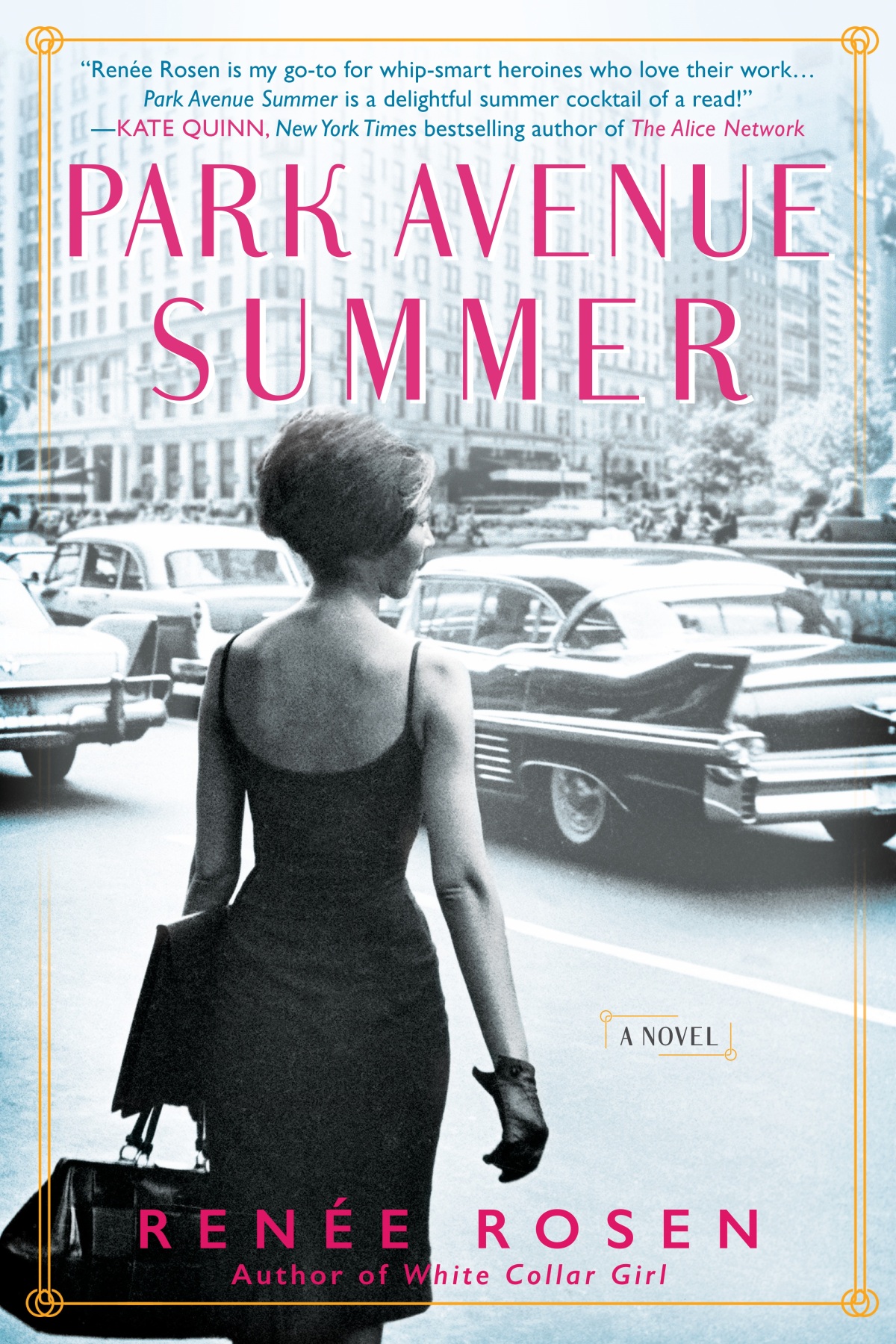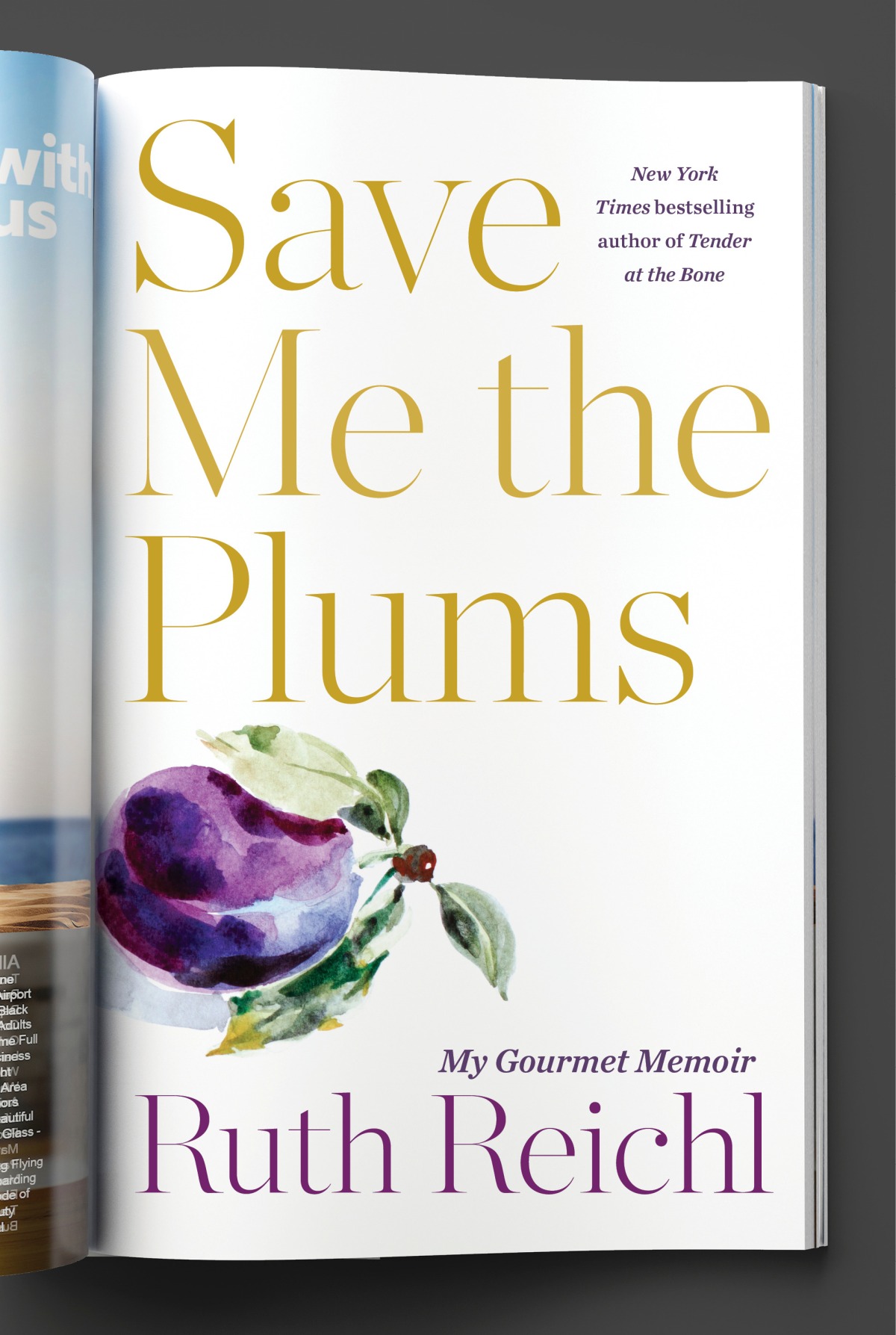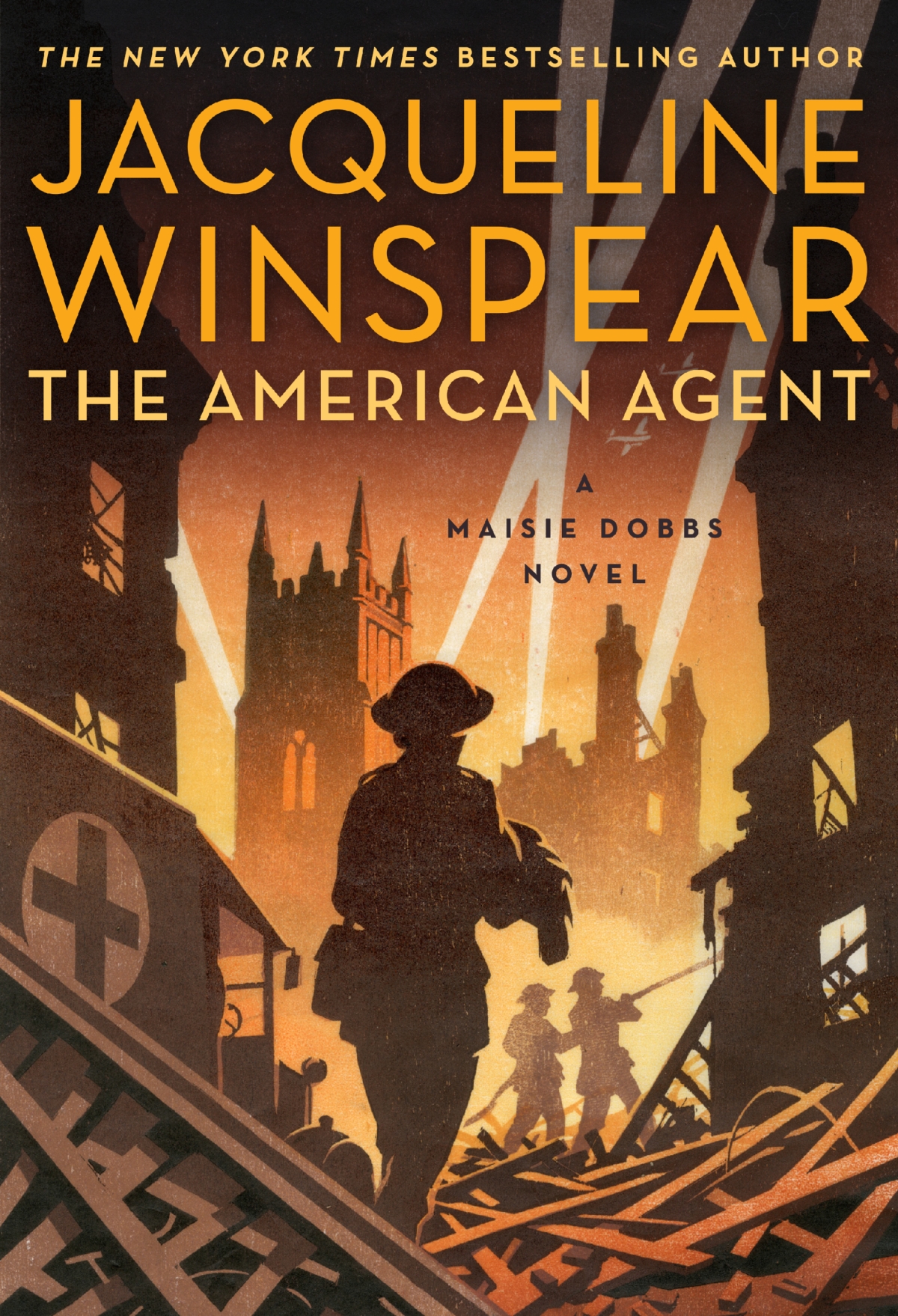Always a doodler, stand-up comedian Mo Welch, who’d just broken up with her boyfriend, was eating a blueberry Pop Tart in her mom’s kitchen when she began sketching a dozen cartoons about a female character she named Blair—think a more sarcastic, less sunny but equally funny version Cathy, the popular cartoon character created by Cathy Guisewite, one of Welch’s favorite cartoonists.

“My mom always makes Pop Tarts,” says Welch, who grew up in Oak Park, Illinois. “I was at a crossroad in my life, depressed and trying to decide what to do and thinking too how depressing and hilarious I probably looked. So, I got out my Sharpie and started drawing.”
But first she had to finish eating her Pop Tart, a food group according to Welch that also figures large not only in her own life but also in the life of Blair. A simply drawn cartoon, Blair is a 30-something single woman whose outlook on life is fairly dark. She’s definitely the cup is always half-empty type, lamenting in one cartoon panel how “My best friend just bought a house and I’m eating a Pop Tart for dinner.”
Since that day in her mon’s kitchen, Welch has pursued her career as a stand-up comedian and cartoonist with considerable success–currently her Blair comics which are on Instagram @momowelch has over 65,000 followers–and her first book, How to Die Alone: The Foolproof Guide to Not Helping Yourself (Workman 2019; $12.95) is just being released.
Describing working in the field of comedy as one filled with rebuffs which for her can mutate into depression, Welch describes the Blair cartoons as helping her at a time where everything seemed chaotic.
“I felt rejected in both my love life and career,” she says. “Drawing my Blair comics every day got me into a routine and also reminded me how I love comedy. Anytime I get depressed or irritated, Blair helps me.”
Intensely shy when she was young, Welch says she couldn’t say her name aloud at an ice breaker or read aloud in class.
“When I go on TV or do a big show, I still have that nervousness,” says Welch who has been on Conan several times, appeared in season two of Amazon’s Gortimer Gibbon’s Life on Normal Street and season two of Life in Pieces on CBS and starred in Foul Ball on CBS and also has worked as a writer for TBS, CBS and Nickelodeon. “But I translate that into a better way now.”
Even though she’s been successful, Welch still feels a deep affinity for Blair.
“What I like about her is that I think everyone can relate to her,” she says.
As for her upcoming Chicago book signing and presentation, she’s very excited.
“My mom is going to bring all her friends from her quilting club,” she says. “It’s always nice to know you’ll have a friendly crowd.”
Getting back to the driver of all the good things in her life, Welch says, “I thank the entire Pop Tart industry for the success I’ve had.”
Ifyougo:
What: Mo Welch in conversation with local podcast host and storyteller, Whitney Capps; book signing
When: Thursday, May 2nd at 7pm
Where: Anderson’s Bookshop, 26 La Grange Rd., La Grange
Cost: This event is free and open to the public. To join the signing line, please purchase a copy of Welch’s new book from Anderson’s.
FYI: 708-582-6353; andersonsbookshop.com






















